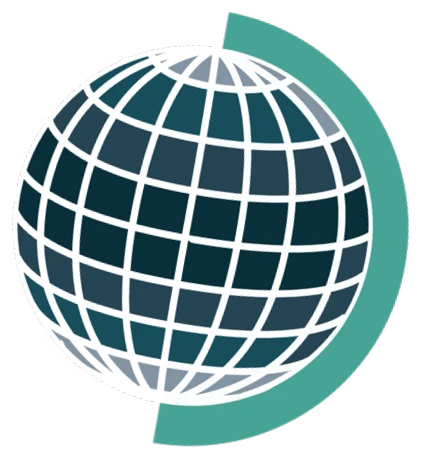A UNIQUE PARTNERSHIP
The Global CDR Action Network (CDRANet, pronounced see-drah-net) is new partnership between countries, industries and institutions who will work together to create workable global policy for removing carbon dioxide from the Earth’s atmosphere at scale. Although there have been various efforts to-date exploring various aspects of carbon dioxide removal, this Network is unique and vital in five key respects:
- CDRANet will focus only on removing greenhouse gases (GHG’s) from the Earth’s atmosphere — primarily CO2 but other gases as well. Capture and storage are obviously necessary elements of this discussion and will be incorporated into the group’s work, but the goal of these discussions is to develop affordable, sustainable, and immediately actionable CDR policies.
- This Network is policy focused. Our goal isn’t to generate endless conferences and debate, but structured and directed conversations with the goal of devising a workable, high-level, multistakeholder approach to attacking the CDR issue now. All aspects of this issue will be addressed–environmental, technical, financial, social, moral-ethical, sustainability, and other vital considerations.
- We are global. Every country has their own ideas and priorities, but atmospheric CO2 removal is going to require global cooperation and collaboration. Relying only on international bodies for this work can be tortuously slow and ultimately ineffective. This Network brings together a wide range of global actors who are willing to work together now on creating a realistic, global solution.
- We are empowered for action. Network delegates are high level representatives of their countries and institutions, in a position of authority to develop policy and not only debate details. And finally,
- Our work is ongoing. The Network has two main components: an ongoing, high-level conversation (the Network’s policy forum), and the ongoing work that flows from what this Network creates, to be monitored and guided by CDRANet to the extent necessary (or possible). The CDRANet form will start its conversation in the Fall of 2024.
CIVIC ACTION
CDRANet’s approach aims for immediate and realistic progress on CDR policy through civic action instead of relying on formal diplomatic channels that have not moved with nearly enough speed. There is extensive historical precedent for efforts like this, where scientists, nonprofits, trade groups, and/or businesses work together to establish new paradigms in human rights, medical research, technology standards, and more. For example, the 1964 Helsinki Declaration, adopted by the World Medical Association—a non-governmental organization representing physicians worldwide—was a landmark document that established a set of ethical principles for medical research involving human subjects. This declaration was a crucial milestone in the history of research ethics. CDRANet’s work is along these same lines—a global, multistakeholder effort that codifies a new understanding for where we’re going with CDR, pulling together the advice of all civil society stakeholders and tying this into the policy work of interested businesses and governments.
Also like Helsinki, CDRANet’s policy framework will be a living agreement—not a static declaration, but an adaptable, evolving action plan that pulls together other policies (to the extent possible), fills in gaps, shares data and best practices, maps out in broad strokes what governments should do to help CDR develop, and continuously tracks and shares progress and evolves recommendations over time.
CDRANet will continually engage with the global stakeholder community to enhance this framework, integrate it into existing policies, pilot policies, and work to ensure that we continue to push forward action as a connected network. We’re addressing an urgent global crisis, and we need an agency that can apply continual attention to and pressure on the need to design and carry out practical, sustainable solutions.

 The Global CDR Action Network (CDRANet) is a global, multi-stakeholder effort to help create global policy solutions for large scale atmospheric carbon dioxide removal. CDRANet is managed by the
The Global CDR Action Network (CDRANet) is a global, multi-stakeholder effort to help create global policy solutions for large scale atmospheric carbon dioxide removal. CDRANet is managed by the 

